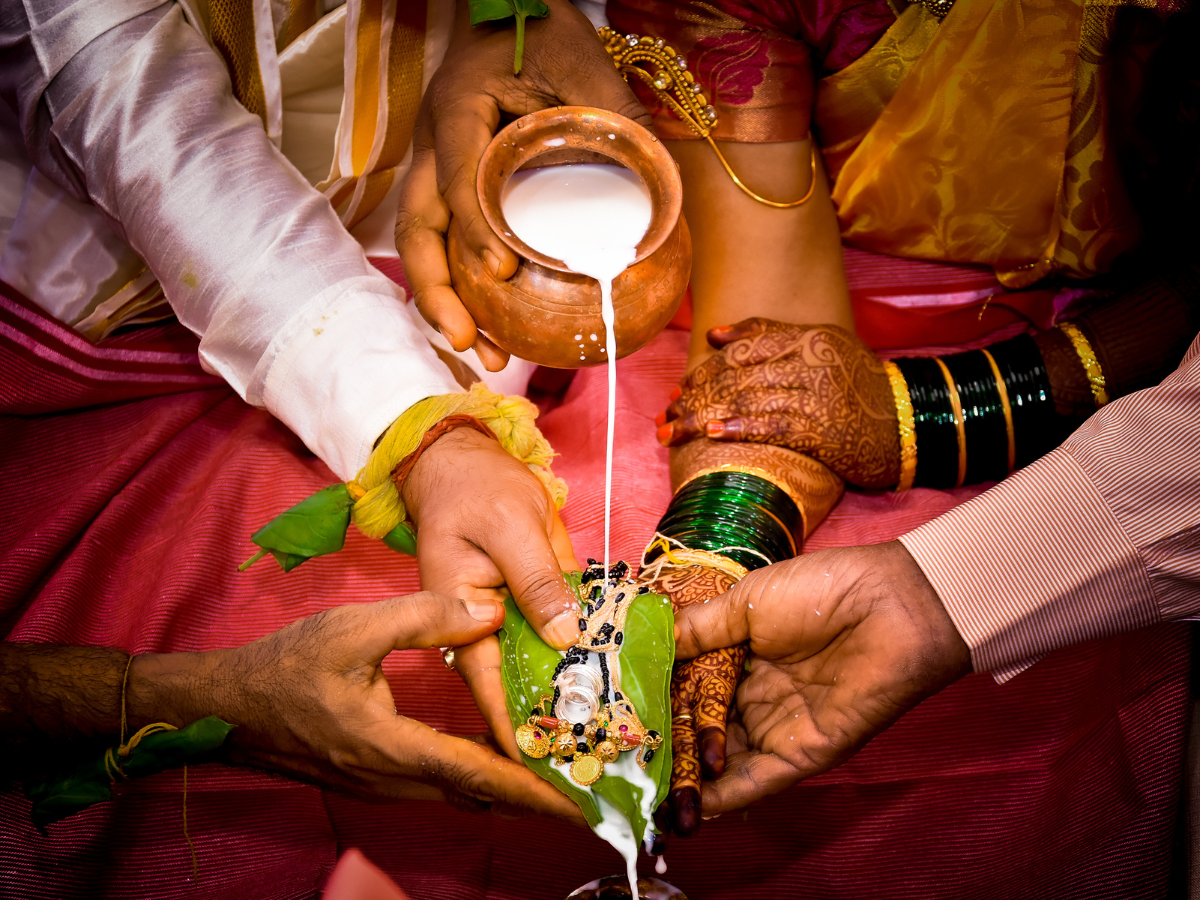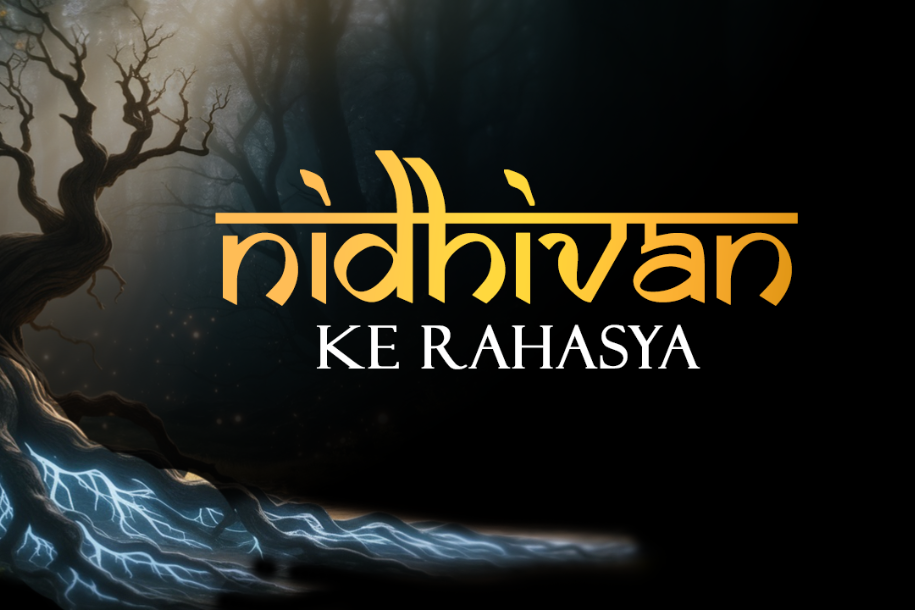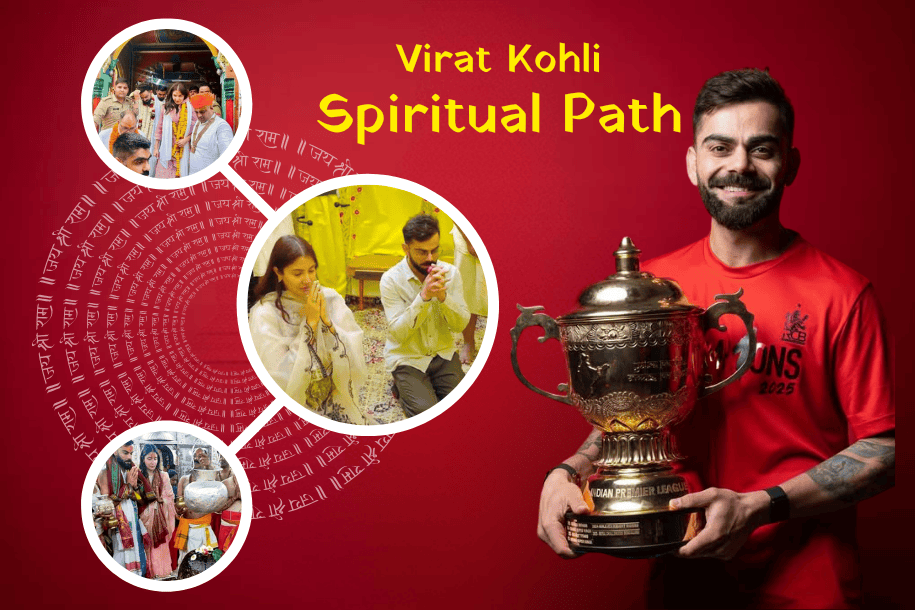Exploring the Rituals and Traditions in the Hindu Wedding
Hindu weddings are a celebration of rich traditions and beautiful customs. Whether you’re a soon-to-be-married couple navigating the wedding planning process, looking to honor your cultural heritage, or a guest curious about what to expect at an Indian (Hindu) wedding, it’s essential to understand the cherished traditions that make these ceremonies so special. To help you dive deeper, we reached out to some of our favorite wedding experts who specialize in Hindu wedding rituals. They shared their insights into the meaning and significance of each tradition and what goes into every aspect of the celebration.
While many modern couples are choosing to personalize their weddings, the big day remains a wonderful opportunity to embrace and celebrate one’s culture and religious roots—even if only a few of these elements are incorporated. Explore this guide to Hindu wedding rituals, from the engagement ceremony to post-reception traditions, and save it for easy reference as you plan or attend a Hindu wedding.
History and Tradition of Hindu Wedding
Hinduism, widely regarded as the world’s oldest religion, boasts traditions that trace back over 5,000 years. Hindu wedding customs are deeply rooted in this rich history, reflecting the culture and spirituality of the religion. It’s worth noting that the sequence of wedding rituals may vary, as the order often depends on regional practices and the preferences of the families involved. (Fun Fact: India is the heart of Hinduism, with over 90% of the global Hindu population residing within its borders.)
Hindu Wedding Rituals Step by Step
Lagna Patrika
The lagna patrika marks the formal engagement ceremony, serving as an official announcement of the couple’s upcoming wedding. During this event, the couple exchanges a written vow, committing to their chosen wedding date. The ceremony is often officiated by a Hindu priest, or pandit, who documents the wedding details and lists the names of family members involved. This tradition usually takes place months before the wedding day.
Wagdaan
Wagdaan is another significant engagement ritual in Hindu weddings. While its exact form varies by family, it often involves the exchange of rings as a promise of marriage. Traditionally, the groom’s father seeks the bride’s father’s permission for the union before the ceremony begins. Wagdaan typically takes place during an engagement event known as mangni in northern India or nischitartham in southern India, akin to a Western-style engagement.
Roka Ceremony
The roka ceremony celebrates the union of the couple and their families. This event is an extension of the engagement, where the families exchange gifts, share sweets and dry fruits, and enjoy bonding time together.
Barni Bandhwana
Held 15 days before the wedding, the barni bandhwana ritual involves tying a sacred thread, or mauli, on the wrists of the bride, groom, or their parents. This thread symbolizes a prayer to the gods for the couple’s safety and a blessed marriage.
Mayra or Mayara Ceremony
The mayra (or mayara) ceremony is a tradition where the maternal uncles of the bride and groom bestow gifts and blessings upon their families. Historically, these uncles also provided the bride’s and her mother’s wedding attire, though this practice is less common today.
Sangeet Ceremony
The sangeet—derived from the Hindi word meaning “sung together”—is a joyous pre-wedding event filled with music and dance. Often compared to a Western-style rehearsal dinner, the sangeet signifies the coming together of both families. Traditionally a multi-day affair, it has evolved into a single-day celebration with choreographed dances, songs, and festivities shared by loved ones.
Mehndi Party
One of the most iconic Hindu wedding traditions, the mehndi ceremony involves the application of intricate henna designs on the bride’s hands and feet, often accompanied by a festive gathering. Hosted by the bride’s family a day or two before the wedding, the event is a celebration of good luck and blessings for the bride. Vibrant colors like orange and pink dominate the decor, and music and dancing add to the lively atmosphere.
Henna, apart from its aesthetic appeal, is believed to have cooling properties that reduce stress and headaches. Folklore suggests that the darker the henna stain, the greater the love the bride will receive from her spouse and in-laws.
Tilak Ceremony
The tilak ceremony, held at the groom’s residence, is a ritual that strengthens bonds between the families. During this event, the bride’s family applies a sacred mark (tilak) made of ash, clay, sandalwood, turmeric, or vermillion paste to the groom’s forehead. The ceremony symbolizes spiritual devotion and positive energy and often involves an exchange of gifts.
Haldi Ceremony
The haldi or pithi ceremony is a purification and cleansing ritual in which a turmeric paste, mixed with rose water, is applied to the bride and groom. This practice, believed to ward off evil spirits, enhance the couple’s skin glow, and bring good fortune, is celebrated joyously with family members. Everyone, including the couple, wears shades of yellow and orange for this auspicious occasion.
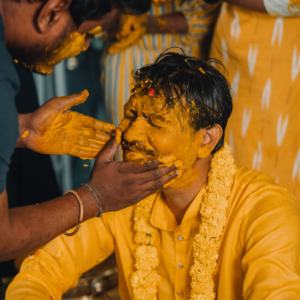
Hindu Wedding Traditional Attire
Red Sari or Lehenga
Sabyasachi : The Hindu bride typically dons a red sari or lehenga, a timeless symbol of passion, love, prosperity, and new beginnings in Hindu culture. Red also connects to Durga, the powerful warrior goddess. While red is the traditional favorite, modern brides often choose alternative shades such as pastel blue, bold yellow, or even classic white.
Mangalsutra
The mangalsutra, meaning “auspicious thread,” is a sacred necklace placed around the bride’s neck by the groom during the ceremony. Made with black and gold beads, it signifies marital unity and offers protection from evil. Traditionally symbolic, today’s mangalsutras have also evolved into fashionable statements. It remains a cherished piece, only removed if the bride becomes widowed.
Joota Chupai (Shoe Stealing Ceremony)
A fun-filled tradition, joota chupai involves the groom removing his shoes upon reaching the mandap, as the space is deemed sacred. The bride’s sisters, cousins, and female friends seize this chance to “steal” his shoes, demanding money or gifts for their return. It’s a playful exchange that adds humor and camaraderie to the day. Fun fact: When Nick Jonas married Priyanka Chopra, he came prepared with money, diamond rings, and more to reclaim his shoes!
Sherwani or Bandhgala
For grooms, a sherwani or bandhgala is the preferred attire. A sherwani is a long-sleeved, knee-length jacket typically paired with a kurta and dress trousers. The bandhgala, also called a Jodhpuri suit, features a closed-collar jacket paired with slim-fitting pants. Both styles often include intricate embroidery or gem embellishments, offering a regal appearance.
Kurta
A kurta is a versatile long-sleeved, loose-fitting tunic for men, worn on its own or under a sherwani. Made from materials like cotton, silk, or linen, kurtas work for casual and formal occasions alike. Modern designs feature vibrant colors and patterns, adding a fresh twist to this timeless garment.
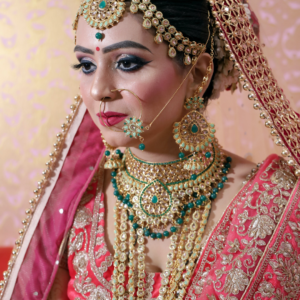
Hindu Wedding Ceremony Traditions
Hindu weddings are filled with meaningful rituals and traditions that take place throughout the day. Here’s an overview of the customs observed before the reception, which is typically a lively celebration without formal traditions.
Baraat
The baraat, or vara yatra, is the groom’s grand entrance, marked by music, dancing, and singing. The groom, accompanied by his family and friends, makes his way to the venue in a procession. Traditionally, he might ride a horse or an elephant, but modern baraats often feature sports cars. Upon arrival, the bride’s family welcomes the groom, and the festivities transition to the wedding ceremony.
Pokwanu
After the baraat, the bride’s family formally welcomes the groom. The bride’s mother applies a tilak (a symbolic mark) on the groom’s forehead, and he is invited inside the wedding venue. A unique element of this ritual involves the groom smashing a clay pot with his foot, symbolizing his ability to overcome challenges in their married life.
Ganesh Puja
The ceremony begins with a puja (prayer) dedicated to Lord Ganesh, the Hindu god of wisdom and prosperity. This ritual seeks blessings to remove obstacles and ensure a peaceful wedding ceremony. Offerings such as rice, flowers, and fruit are placed on a thali (metal tray) for Lord Ganesh.
Kanya Aagman
Kanya Aagman, meaning “the arrival of the bride,” marks the bride’s ceremonial entrance. She is often accompanied by her family members and walks under a phoolon ki chaadar (a floral canopy), symbolizing her transition from her family’s protection to her new life with the groom. She is then escorted to the mandap, where the main rituals take place.
Mandap
The mandap, a decorated altar with four pillars, serves as the focal point of the ceremony. The four pillars symbolize various elements, such as the parents of the couple or the four stages of life. The mandap is adorned with flowers, lights, and intricate decorations, and beneath it, the couple takes their sacred vows while circling a holy fire.
Varmala
During the varmala ceremony, the couple exchanges floral garlands as a symbol of mutual acceptance and unity. To make the ritual playful, some couples add a competitive twist, racing to place the garland on each other first.
Kanyadaan and Hasta Milap
Kanyadaan involves the bride’s parents giving her hand in marriage by placing her hand in the groom’s, symbolizing the union of the couple. Hasta Milap follows, where the bride’s and groom’s hands are tied together with a cloth, representing an unbreakable bond.
Granthibandan
In this ritual, the groom’s scarf is tied to the bride’s saree, symbolizing their souls coming together. This knot signifies their union and commitment to facing life’s challenges as one.
Saptapadi
The couple takes seven steps around the sacred fire during saptapadi, with each step signifying vows related to food, strength, prosperity, family, offspring, health, and friendship. After completing the seventh step, the marriage is considered sanctified.
Sindoor
The groom applies sindoor (a red or orange powder) along the parting of the bride’s hair. This act signifies the bride’s marital status and is a deeply symbolic tradition.
Aashirwad
The ceremony concludes with aashirwad, where the couple receives blessings from their families. Guests may shower them with flower petals as they recess, marking the beginning of their married life.
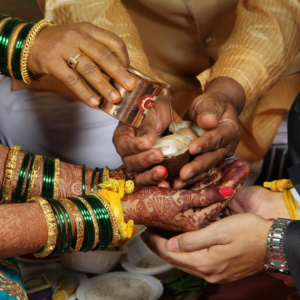
Hindu Post-Wedding Ceremony
Even after the wedding, Hindu rituals continue to hold significant importance. Here are six key traditions that take place following the reception:
Vidaai
Vidaai, also known as bidaai, is one of the most emotional moments in Hindu wedding customs. This farewell ceremony’s timing varies by family tradition, but its steps remain consistent. As the bride departs, she throws a mix of rice, flower petals, and coins behind her five times without turning back. This act symbolizes her gratitude to her parents for their love and care while also wishing them continued prosperity.
Aashirvaad
The aashirvaad ceremony typically occurs a few days after the wedding. During this tradition, the bride’s family visits the groom’s home, bringing treats and gifts for the newlyweds as a gesture of approval and goodwill. The entrance of the bride’s family home is also adorned with mango leaves to symbolize fertility and divine blessings. These leaves are traditionally kept for a year.
Dwar Rokai
Dwar rokai is a playful tradition where the groom’s sister prevents the couple from entering the groom’s house. The groom must offer her cash or gifts as a “bribe” to gain entry, adding a touch of humor and festivity to the proceedings.
Griha Pravesh
Following dwar rokai, the griha pravesh marks the bride’s formal welcome into the groom’s home. The groom’s mother applies tilak to the couple’s foreheads as they seek blessings from the elders. A Kalash (pot) filled with rice is placed at the entrance, which the bride gently tips over with her right foot, symbolizing prosperity. In some traditions, the bride steps into a dish of vermillion or alta, leaving red footprints as she enters—a representation of Goddess Lakshmi, the deity of wealth and good fortune.
Mooh Dikhai
This tradition, known as “face revealing,” usually takes place on the night of the wedding. The women in the groom’s family unveil the bride’s face and present her with gifts and sweets as a gesture of acceptance. The mother-in-law plays a prominent role in this ceremony, welcoming the bride into the family.
Pag Phera
In this concluding ritual, the bride returns to her parents’ home for approximately three days. This visit symbolizes her role as an embodiment of Goddess Lakshmi, bringing prosperity to her family. Afterward, the groom arrives to escort her back to their home. Before leaving, the bride’s family offers blessings and presents to the couple, signifying their goodwill and affection.
